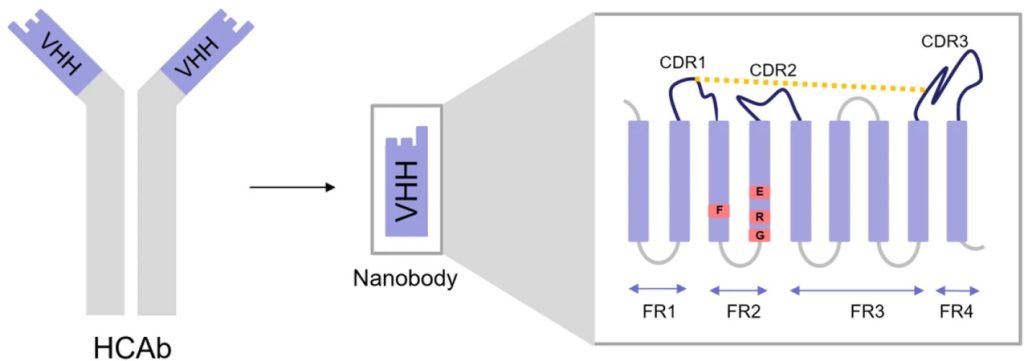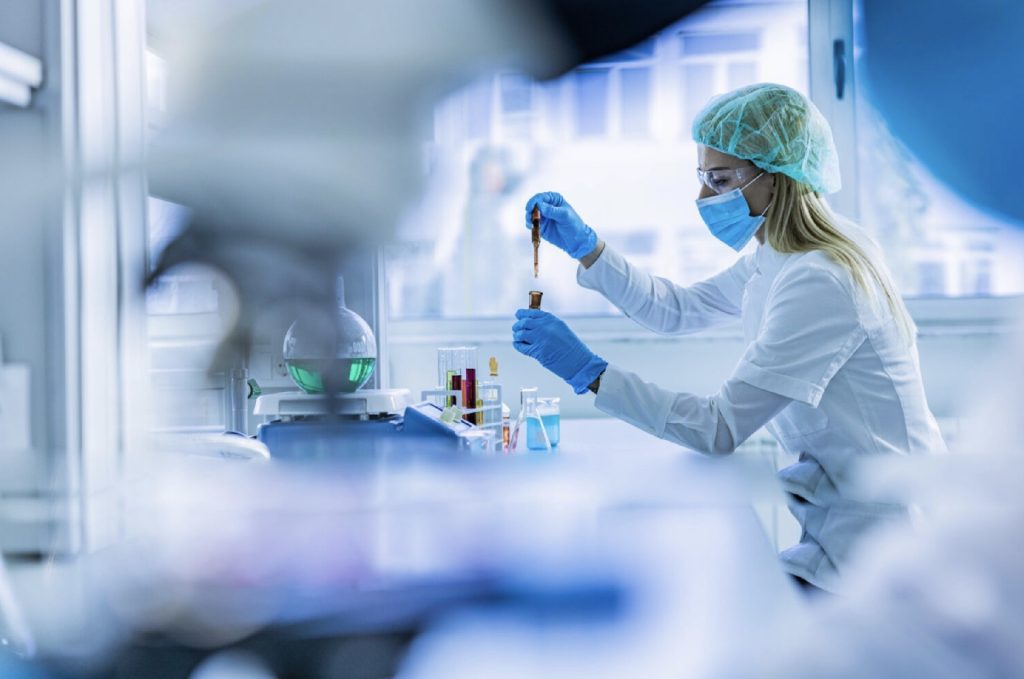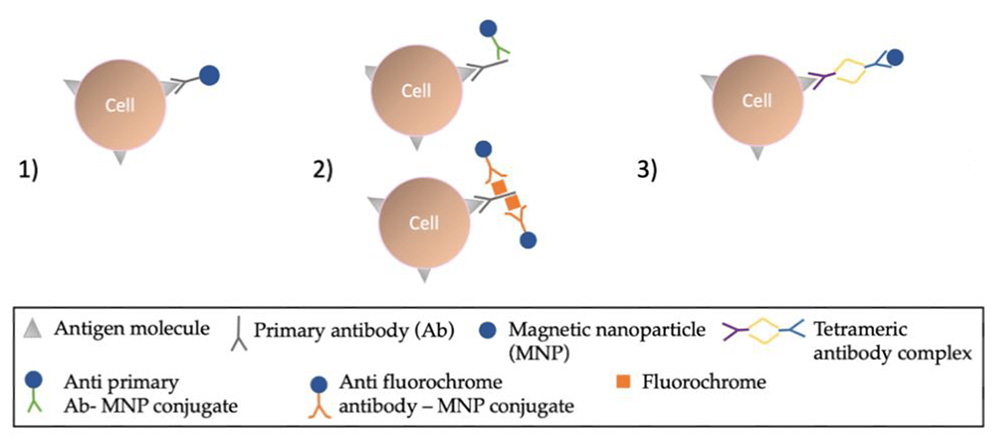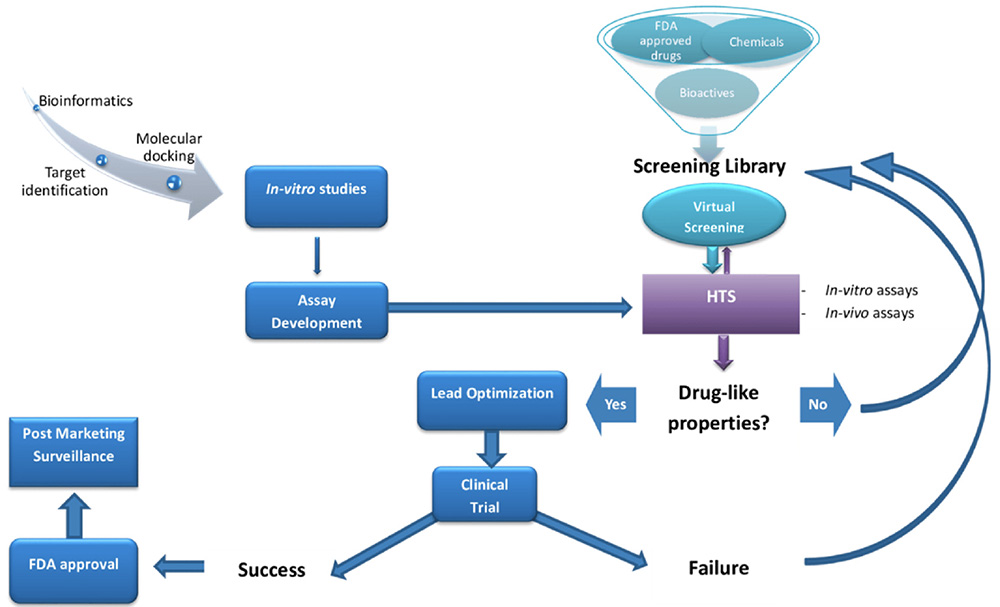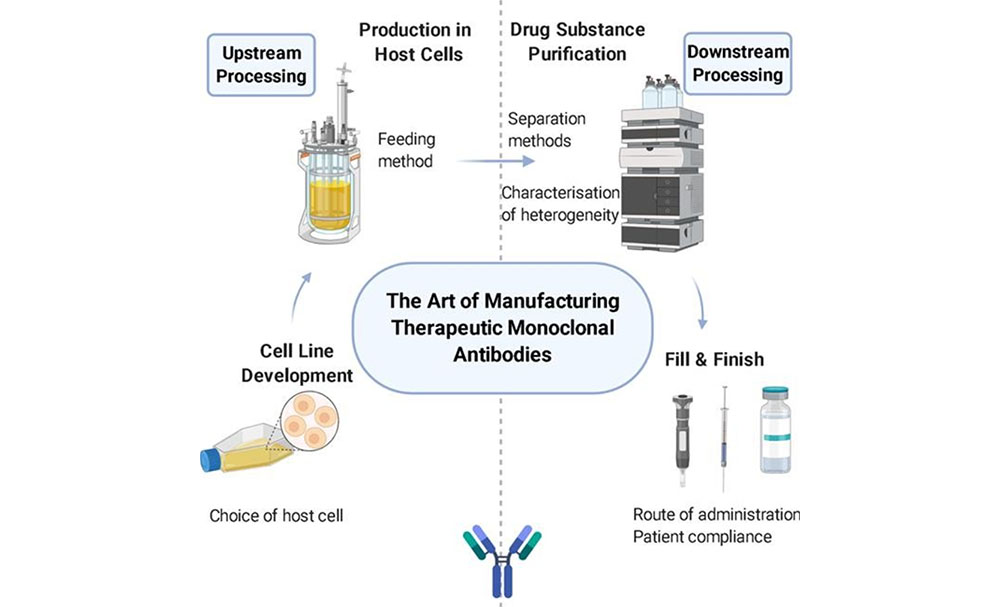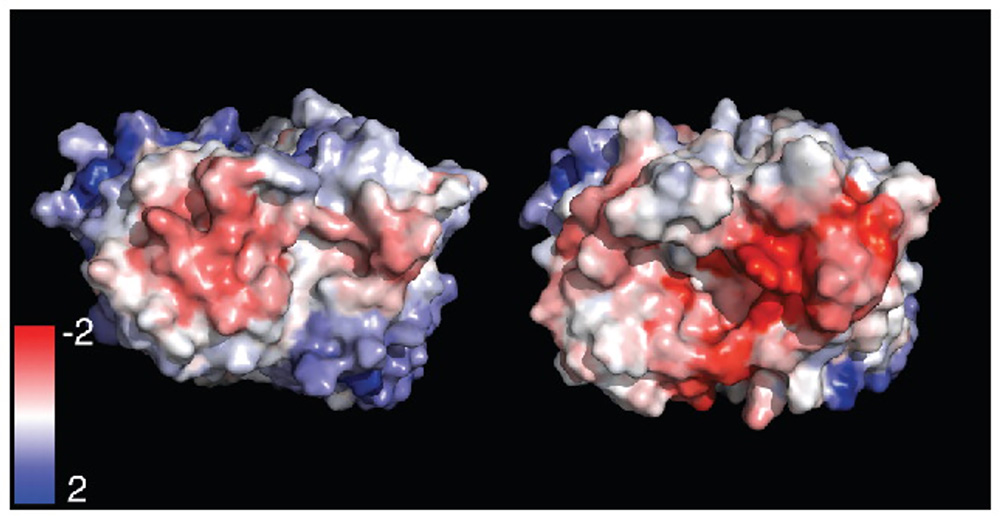The Unique Origin of VHH Antibodies: Camelid-Derived Nanobodies
Antibody-based therapies provide highly specific treatments for various diseases. Among these, VHH antibodies, derived from camelids, have garnered significant attention due to their unique properties. Unlike conventional antibodies, which are composed of two heavy and two light chains, VHH antibodies consist of a single variable heavy chain domain. Previously, scientists viewed single-chain variable fragments (scFvs)—comprising VH […]
The Unique Origin of VHH Antibodies: Camelid-Derived Nanobodies Read More »

